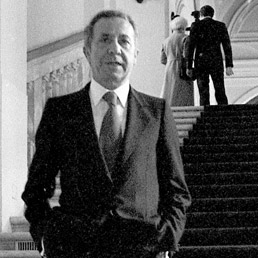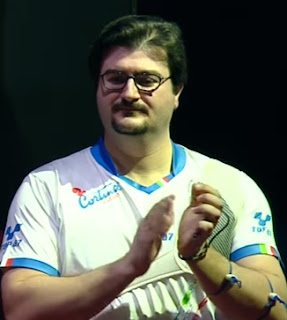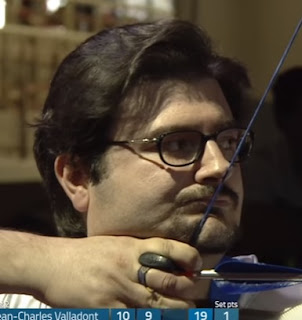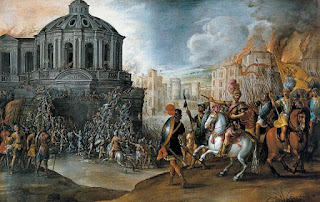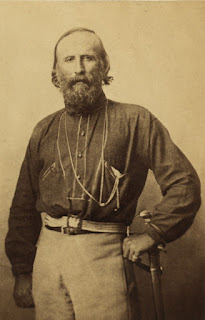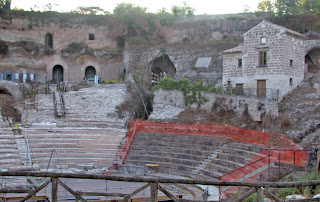Designer favoured by the world's best dressed women
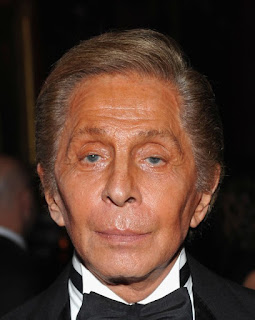 |
| Valentino Garavani became interested in fashion while still at primary school |
The favourite designer of the world’s best dressed women
from the 1960s onwards, he built up a business that he eventually sold for $300
million.
Born Valentino Clemente Ludovico Garavani, he became
interested in fashion while still in primary school. After working initially
for his aunt Rosa, with the financial support of his parents he moved to Paris
to pursue his interest, studying at the École des Beaux-Arts and at the Chambre
Syndicale de la Couture Parisienne.
His first taste of working life came in the salons of Jean Dessès
and Guy Laroche. Armed with the
knowledge and experience he gained at the feet of two French masters, he left
Paris in 1959 to set up his first fashion house in Rome, on the fashionable Via
Condotti. He quickly gained kudos for his bright red dresses, in a shade that
became widely known as "Valentino red."
In July 1960, Valentino met Giancarlo Giammetti at the Café
de Paris on the Via Veneto in Rome. Giammetti, a little younger than Valentino
and an architecture student, gave Valentino a lift home in his Fiat, starting a
friendship that turned into a business partnership and a romance. The two met
again on Capri 10 days later, after which Giammetti quit his studies to become
Valentino's business partner. He was faced with the immediate task of saving his new
friend from bankruptcy after a disastrous first year.
 |
| Giancarlo Giammetti |
Within a short time, Valentino's designs were considered to
be at the very top of Italian couture. His client list included Queen Paola of
Belgium, the movie stars Elizabeth Taylor and Audrey Hepburn, and the Americian
First Lady, Jacqueline Kennedy.
After the assassination of her husband, the US president
John F Kennedy, it was Valentino to whom Jackie Kennedy turned to design the
dresses in black and white that she wore for a year after her husband’s
death. When she remarried to Aristotle
Onassis in 1968, Valentino designed her white wedding dress.
Valentino opened his first ready-to-wear shops in Milan and
Rome and kept his ties with Florence but spent much of the 1970s in New York,
where in addition to his friendship with Jackie Kennedy his friends included
the artist Andy Warhol and Vogue’s editor-in-chief Diana Freeland.
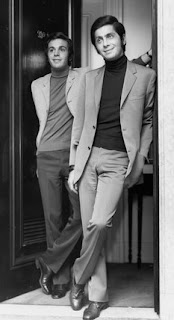 |
| Valentino and Giammetti in the the 1960s |
In 1989, he opened the Accademia Valentino, designed by
architect Tommaso Ziffer, near his first workshop in Rome, for the presentation
of art exhibitions. The next year, encouraged by their friend Elizabeth Taylor,
he and Giammetti created LIFE, an organisation to support of AIDS-related
patients, in association with the Accademia.
Valentino became known in the fashion industry as The Last
Emperor, and he and Giammetti have become renowned for their extravagant
lifestyle.
Although in times they ceased to be a couple in a romantic sense in the early 1970s, they have remained inseparable as friends, maintaining at least 10 homes around
the world, including an historic villa on Via Appia Antica in Rome, a chalet in
Gstaad, Switzerland, an apartment on Fifth Avenue in Manhattan, overlooking
central park, a 19th century mansion in Holland Park, London, and a Louis
XIII château near Paris. They also have a 152-foot yacht. All their properties have
extensive art collections.
 |
| Valentino's 152-foot yacht |
In 2007, Valentino announced that he would hold his final
haute couture show the following year. This show, at the Musée Rodin in Paris,
featured many of Valentino’s most famous models, including Naomi Campbell,
Claudia Schiffer and Eva Herzigova.
Since then, Valentino has worked only on commissions for
favoured individual clients, such as actress Anne Hathaway's wedding dress in
2012 and the bridal gown worn by Princess Madeleine of Sweden the following
year.
Travel tip:
Voghera is a town in Lombardy with slightly fewer than
40,000 residents. It has a 14th century castle, an 11th century Cathedral and a
Museum of History that has on display a car belonging to General Carlo Alberto
Dalla Chiesa, who was killed by the Mafia in 1982, and the weapon that
allegedly killed Benito Mussolini. ‘The housewife from Voghera’ (casalinga di
Voghera) is a phrase used in the media and political discourse as a reference
to the average, stereotypical, somewhat lower-middle class Italian voter or
consumer.
 |
| The Via dei Condotti stretches out from the foot of the Spanish Steps in the centre of Rome |
The Via Condotti – actually Via dei Condotti – is a Rome
street that takes its name from the conduits that carried water to the Roman
Baths of Agrippa. Beginning at the foot of the Spanish Steps, it links the
Tiber with the Pincio hill. Today, it is the street which contains the greatest
number of Rome-based Italian fashion retailers, equivalent to Milan's Via
Montenapoleone, Paris's Rue du Faubourg-Saint-Honoré, Florence's Via de'
Tornabuoni or London's Bond Street.


